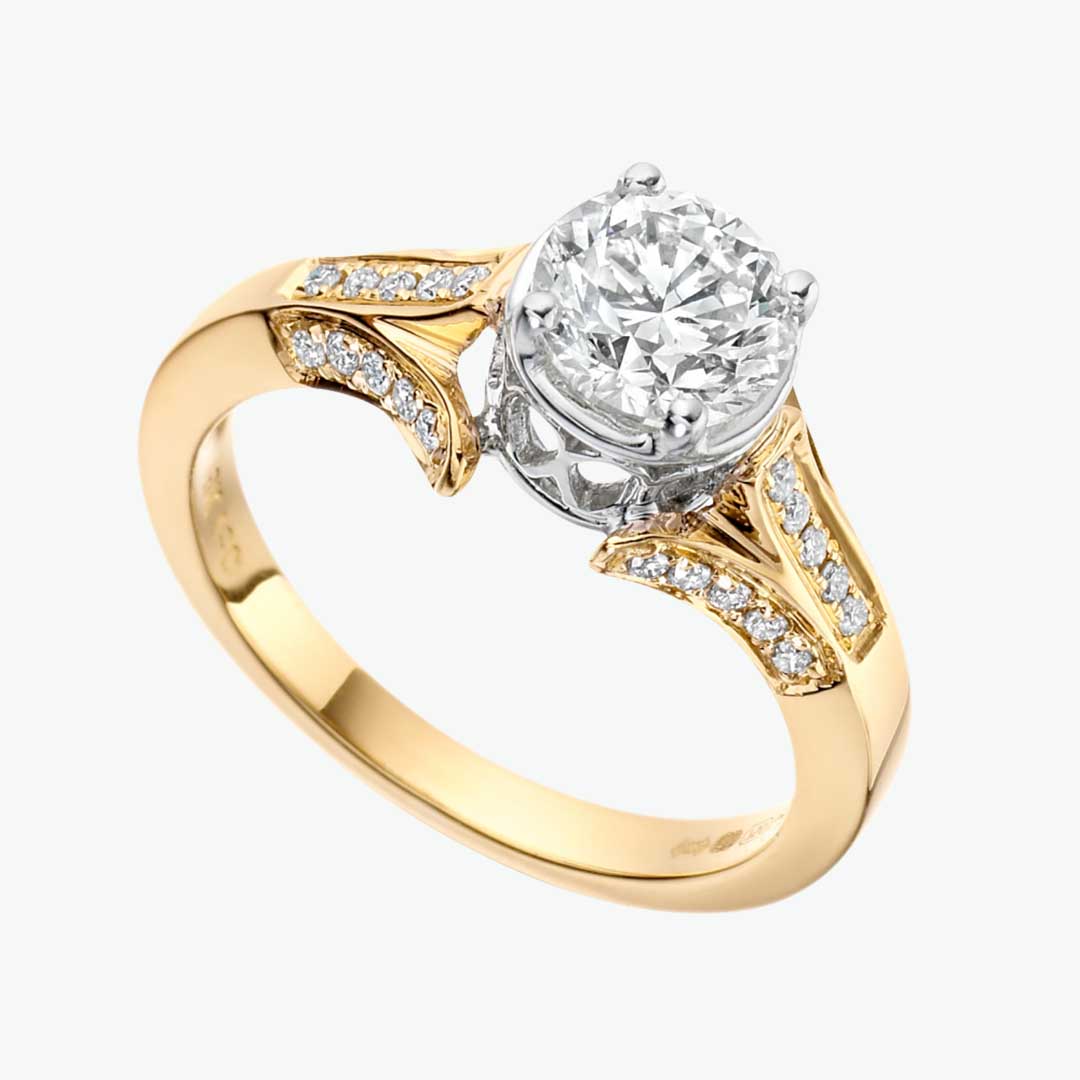One notable feature in the evolution of ring fashion is the rise of personalized and customizable designs. While traditional rings often featured classic gemstones or simple bands, contemporary trends emphasize individuality and uniqueness.
Traditional Designs

Historically, rings were often designed with precious metals like gold, silver, or platinum, adorned with gemstones such as diamonds, rubies, or sapphires. Traditional designs focused on elegance and timeless beauty.
Art Deco Influence

In the early 20th century, the Art Deco movement influenced ring fashion with geometric shapes, bold colors, and intricate patterns. Rings during this period often featured contrasting gemstones and elaborate settings.
Minimalism

The mid to late 20th century saw a shift towards minimalistic ring designs. Simple bands and understated gemstones became popular, reflecting a more subdued aesthetic.
Symbolism and Sentimentality

In recent years, there has been a resurgence of interest in rings that hold personal meaning or symbolism. This trend includes birthstone rings, family heirlooms, and custom designs that commemorate significant life events such as engagements, weddings, or graduations.
Innovative Materials

Contemporary ring fashion explores a wide range of materials beyond traditional metals and gemstones. Alternative materials like wood, ceramic, titanium, and carbon fiber are gaining popularity for their unique aesthetic and durability.
Stackable Rings

Another modern trend is the popularity of stackable rings, allowing individuals to mix and match different styles, metals, and gemstones to create personalized combinations.
Plain gold Bands

Plain gold bands have been a timeless and enduring symbol of love, commitment, and tradition in ring fashion for centuries. They symbolize purity, eternity, and unending love. Their minimalist design allows the focus to remain on the bond shared between individuals rather than elaborate ornamentation. These rings are incredibly versatile and can be worn alone or paired with other rings to create unique combinations. They complement a wide range of styles and can be customized with different finishes, widths, and textures to suit individual preferences.

